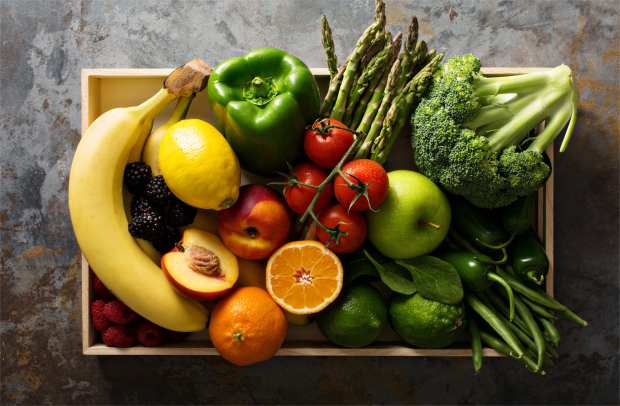Parlaying A Pivot Into Digital Grocery Delivery Success

That grocery has gone digital in the last few years is at this point undeniable. Once widely considered an eCommerce-proof vertical because of consumers’ basic insistence on seeing and handling fresh produce, that conventional wisdom has dissolved through a steady drumbeat of innovations by several smaller online grocery players and some massive investments from major players like Amazon, Walmart and Kroger.
But what is becoming increasingly mainstream today was almost bleeding-edge in 2011 when Good Eggs went into business with a digital grocery delivery business premised on bringing the farmers market experience online and on demand. What that founding team got right, according to CEO Bentley Hall, was getting ahead of a market evolution before it was obvious to everyone else. Grocery has been a quietly shifting category for over a decade, he noted, and Good Eggs understood early that the shift was coming and that riding it was going to require getting ahead of the field with a highly differentiated product.
The product it chose — hyper-local, curated grocery goods — also managed to benefit directly from a tailwind changing the course of the industry, the increased push for clean, low carbon footprint, organic fresh food.
But the firm, for all its foresight about the direction of the market, didn’t play its short game nearly so well. After a Bay Area launch and fairly short-order expansion into four U.S. cities, the firm quickly ran low on funds, came close to bankruptcy and was forced to pull out of the new territory it had attempted to conquer in New York, Los Angeles and New Orleans. Hall joined the firm about a month after the scale-back and said that it was at this point the firm made a fateful pivot.
The problem Good Eggs faced, Hall said, was never with consumer interest or demand. The trouble was in building a scalable business on the back end that lived up to its front-end commitment to hyper-local fresh foods. The model will once again take its show on the road, with a plan for another attempt at expansion, this time into West Coast cities — as it keeps the firm closer to its supply chain. But the priority in 2015 was re-centering on its one market in the Bay Area and to refine the offering through a more narrow focus.
That meant limiting its footprint to a single geographic location, but it also meant taking a step back and rethinking the consumer demographic the company was serving. That had initially been zoomed out to look at four customer profiles, but in the repositioning, Good Eggs narrowed that down largely to one: professional women with children, aged 30 to 45 and over $150,000 in annual income.
“For that core segment Good Eggs is a utility that is necessary for their life,” Hall said, and those customers bring a “commitment and passion for the brand and dedicate a high level of spending because for their family Good Eggs is a convenient solution that doesn’t ask them to sacrifice quality.”
There are other consumer groups who favor Good Eggs — the firm started looking at a younger demographic who tended toward a strong preference for organic food. Those consumers do shop Good Eggs, Hall noted, but there is a lot of competition for their attention. That same demographic is likely to eat out on a Tuesday instead of cooking in, or spend four hours wandering a farmers market. They are less likely to treat Good Eggs as a core service for their life as opposed to their slightly older and child-rearing counterparts.
As a result, he said, in driving product development — into things like meal kits that can be put together in under 10 minutes on a weeknight — the firm is thinking about that core demographic and what is going to increase their interest and commitment to the brand.
“You can’t be everything to everyone. I believe in a category this large you need to focus on a core customer and plant really deep roots with them,” Hall said, noting that grocery is a trillion-plus opportunity and there should be a lot of players operating in that space.
The point is allowing consumers to choose what values are going to drive their purchase. Good Eggs, he said, offers a curation of “absurdly fresh” goods. It won’t win them the entire vertical, but that isn’t the goal.
Because Good Eggs thinks it will win the profitable sub-section driven by convenience married to quality — and that will be a recipe for success.
